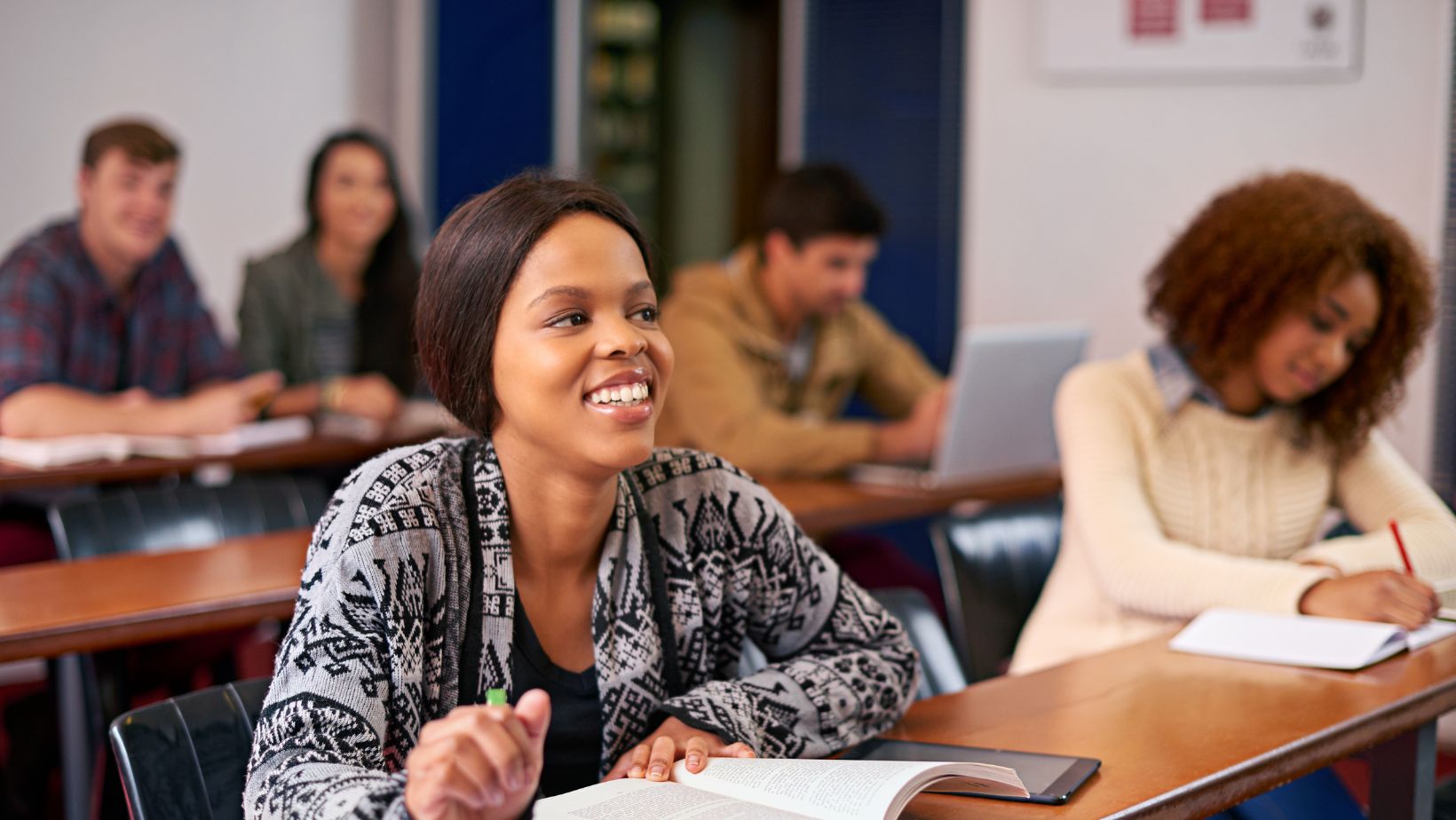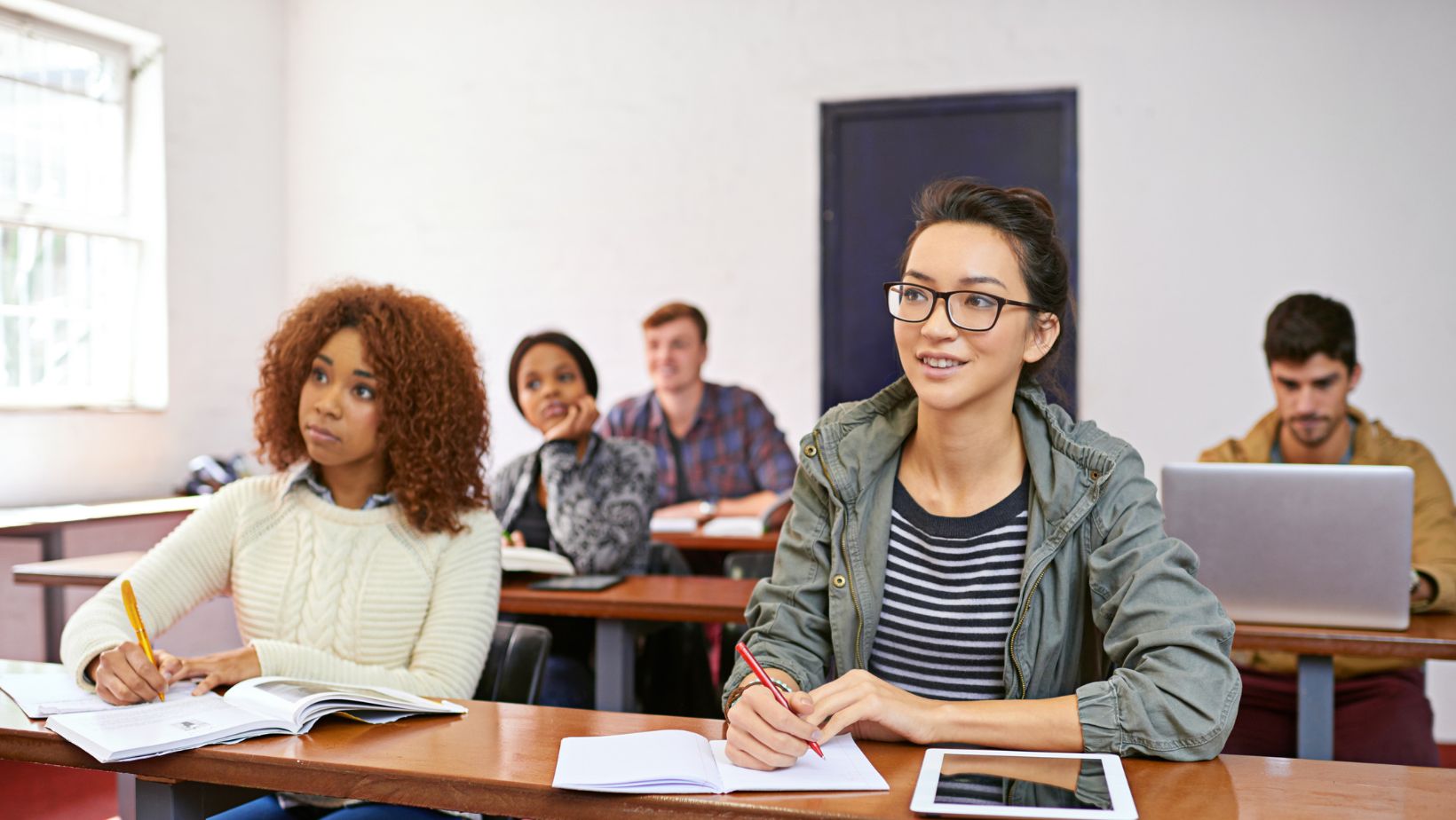Classrooms are more than just spaces for teaching. They’re where kids discover passions, solve problems, and build connections. Every detail of a school’s design impacts how students feel and perform.
Natural light can encourage focus. Comfortable seating makes collaboration easier. Spaces that allow movement improve creativity and confidence.
In this article, we’ll uncover the elements shaping effective learning environments today. We’ll highlight real-world examples, like Bridge Prep’s classes, showing how thoughtful design prepares children not just to succeed in academics but to thrive emotionally and socially too.
Designing Schools with Students’ Mental Health in Mind
It goes without saying, the mind is a learner’s most important asset. Yet, many schools overlook how design directly influences mental well-being.
Simple elements like access to sunlight regulate mood and energy through natural circadian rhythms. Quiet corners give children overwhelmed by social settings space to regroup emotionally. Even hallways designed with soft lighting and calm colors can ease anxiety during transitions.
When classrooms support emotional health, students gain the stability they need for deeper focus, creativity, and academic growth over time.
Outdoor Classrooms and Their Role in Hands-On Learning
There’s something special about how the mind takes in and processes information while surrounded by nature. Outdoor classrooms tap into this by breaking away from rigid desks, encouraging curiosity with natural surroundings.
Modern designs now include weatherproof furniture, sensory gardens, and even solar-powered tech stations to merge sustainability with education. Children can observe ecosystems firsthand or use math to measure real-world objects.
These spaces foster problem-solving skills, teamwork, and emotional resilience while making lessons memorable and deeply engaging for young learners.
Case Study: How Bridge Prep is Redefining Elementary Learning Spaces
Beyond the physical aspect, how school days and classes are structured is also an important part of a learning environment’s design. Bridge Prep takes this to heart by focusing on innovations that blend functionality with empathy.
Their classrooms prioritize small group programming, allowing targeted interventions for students needing extra support. With low teacher-student ratios, kids complete academic tasks during school hours instead of bringing work home.
This thoughtful elementary school learning environment not only supports academic success. It also gives children more time after school to explore hobbies and spend quality moments with family—truly fostering holistic development.
The Science Behind Lighting and Its Impact on Learning
Brains rely heavily on lighting cues to stay alert, regulate focus, and retain information. Poorly lit classrooms can lead to fatigue or hinder concentration.
Innovative school designs now feature adjustable LED systems that mimic natural light cycles, boosting productivity and mood. Skylights and expansive windows provide a steady source of daylight while reducing energy use.
These intentional choices create environments where students feel more energized, enhancing both cognitive function and overall well-being during critical learning moments.
Acoustics Matter: How Noise Levels Shape Classroom Behavior
Imagine taking an end-of-year math exam while trying to ignore the loud cheers of students from the room next door who just received their results. Noise like this disrupts focus, causing frustration and anxiety.

Innovative schools now incorporate sound-absorbing materials, like acoustic panels and carpets, to minimize distractions. Some even design curved ceilings to enhance clarity during teacher-led discussions.
These subtle but impactful adjustments ensure learning environments remain calm, helping students concentrate and engage more effectively throughout the day.
Creating Inclusive Spaces for Diverse Learners
Learning isn’t one-size-fits-all, and inclusive design recognizes this by embracing every student’s unique needs. Adjustable desks accommodate varying heights, while sensory zones offer quiet spaces for those with autism or sensory processing challenges.
Technology also plays a vital role! Speech-to-text tools and interactive screens ensure accessibility in lessons. Even at home, such a supportive environment helps in guiding your child’s career path confidently.
Inclusive classrooms inspire collaboration, ensuring all students feel valued while reaching their full potential academically and socially.
Leveraging Technology Without Overwhelming Young Minds
Technology in education has evolved far beyond basic computer labs. Interactive whiteboards, AI-driven learning apps, and virtual field trips now make classrooms more dynamic.
However, striking the right balance ensures tools enhance understanding without becoming a distraction or replacing crucial interpersonal learning experiences vital for emotional and social growth.
For example:
Virtual Reality for Immersive Learning
VR brings lessons to life by letting students explore historical landmarks or dive into complex science concepts without leaving the classroom. This technology fosters curiosity and engagement, providing an interactive way to grasp challenging topics through hands-on virtual experiences.
AI-Powered Tools to Personalize Education
AI adapts lessons to each student’s unique learning pace and style. Programs like adaptive quizzes identify gaps in understanding, delivering tailored content that ensures progress. The personalized approach makes difficult subjects approachable while boosting confidence and academic achievement.
Digital Portfolios to Track Student Progress
Digital portfolios organize a student’s work into one accessible space, showcasing growth over time.

These tools let teachers and parents track achievements or spot areas needing improvement quickly. For students, it encourages reflection on their progress and accomplishments meaningfully.
Interactive Whiteboards Transforming Group Work
Interactive whiteboards turn traditional lessons into collaborative experiences. Students can brainstorm, solve problems together in real-time, and engage actively, fostering teamwork while making learning more visually stimulating and memorable.
Innovative school design lays the foundation for lifelong learning, shaping environments where children thrive academically and emotionally. These thoughtful spaces empower future generations to grow with confidence and curiosity.
